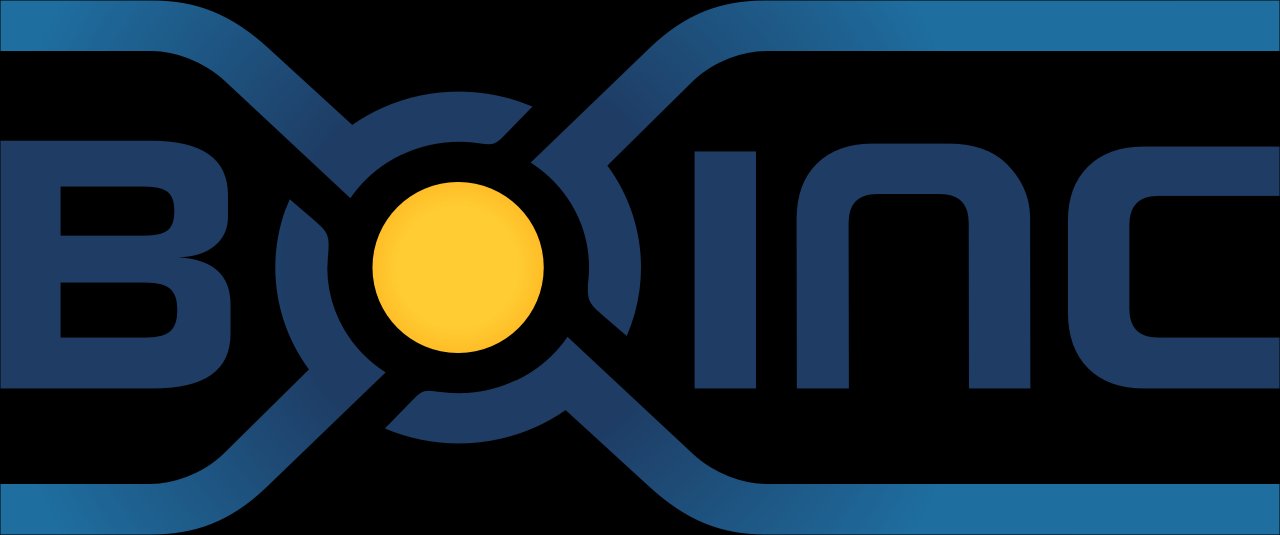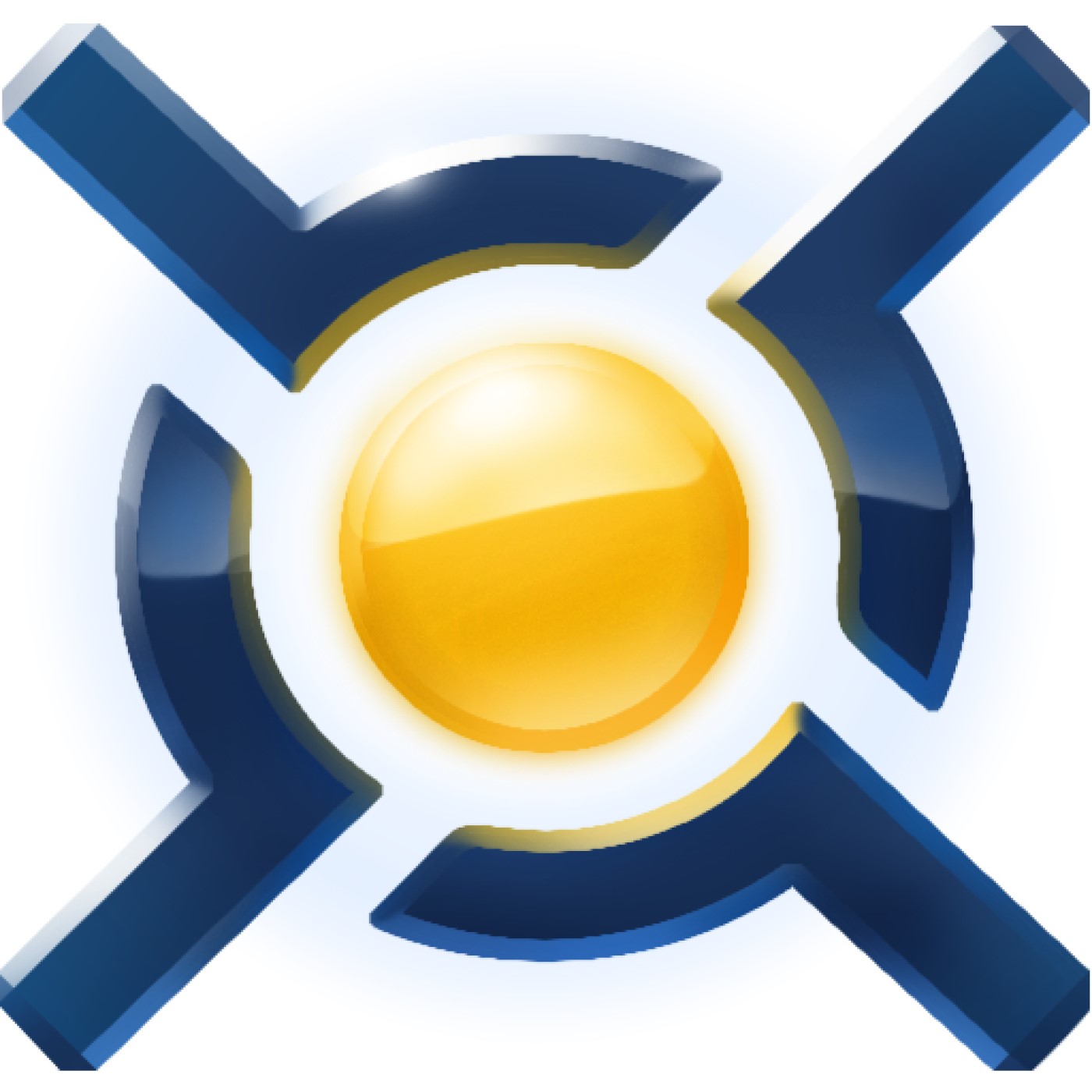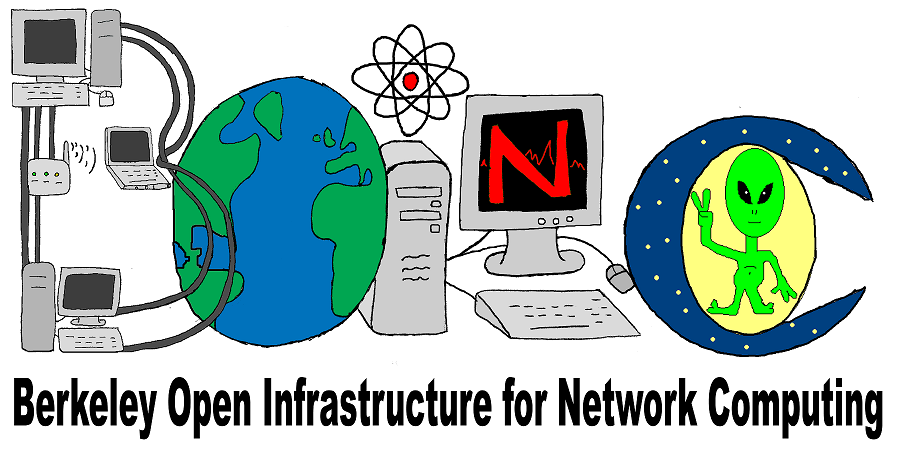
" Whether it's calibrating searches for particles, fine-tuning the machines and beam dynamics, contributing to building new theories on dark matter, or creating simulations of antimatter and new phenonema never-before seen in the LHC's giant detectors. Windows, Linux, MacOS, Raspbian, Android, by scientists at the Large Hadron Collider at CERN.

The GPU app is not efficient, this project is best run on CPU. GPU app requires double-precision (FP64) and is more efficient on AMD cards.ĬPU and Nvidia GPU. This includes searching for elusive dark matter.ĬPU and GPU, Nvidia and AMD. Same as studies the history of our galaxy by analyzing the stars in the Milky Way galaxy's Galactic Halo. Windows, Linux, MacOS, project for beta apps for as above. Windows, Linux, Raspbian, black holes, gravitational waves. Stats X-ray Sources, gravitational waves, supernovas.

Interested in projects researching human health and disease? Click here !Īstronomy / Astrophysics / Particle ResearchĪstronomy / Astrophysics / Particle Research Project Check either Free-DC or BOINCStats for an exhaustive list of all projects, note that inactive / retired projects are also included in the stats.
Boinc projects full#
You can find the full list of projects shown in the BOINC manager here. This setting is in your project preferences on the project website, and will need to be enabled separately on each project that has it. Check the list of these projects on the forum or at BOINCStats. If the project is based in Europe it probably has this requirement. This means that on those projects, if you don't opt-in your stats will not count for the team even if you are a team member. iGPU crunching is not generally recommended because it's not very efficient and the same applies for AMD's APU.ĭue to the GDPR some projects are requiring users to explicitly opt-in for their stats to export to sites like Free-DC and BOINCStats.

*GPU means a discrete Nvidia or AMD GPU, not Intel's iGPU unless stated otherwise. Always check with the project if you have a question about the work or if your hardware is supported. These projects are known to be active, generally have a reliable supply of work and will run on an average users hardware. The coin miners will be rewarded with a small token subsidy if they fail to mine BOINC shares, but a much larger subsidy when mining with BOINC.This is a list of some of the better known BOINC projects. The aim of the Gridcoin project is to shift the computational power, which arose in other crypto-currencies, primarily to BOINC projects while the mining operations become a second priority - so as the network is scaled up, BOINC work is scaled up in tandem. Since not only CPU flops, or computing operations can be measured it is likely that Network bandwidth and storage space will be added inf future to the credit system. Whetstone is a floating point operations benchmark. Cobblestones are being measured as a 1/200 day fraction of CPU time on a reference computer that does 1,000 MFLOPS based on the Whetstone benchmark. BOINC is supported by the National Science Foundation.īOINC Credits are granted as cobblestones a certain amount of BOINC work. Projects like radiation at home and quake catcher are good examples of how even special equipment and mobile phones can be used to create a distributed network of scientific equipment. For further reference see the BOINC Wiki.īOINC has the great advantage that any standard computing resource can be measured and rewarded. The BOINC client, which handles communication, the BOINC manager, which is the GUI, the screensaver and the application the current project is running on.
Boinc projects software#
The running BOINC software consists of four parts. If the results agree, the smaller credit is granted to the partaking account. However the credit is only claimed when a 2nd report is being sent to the server. Upon reporting the server evaluates how much work has been done up to that point and rewards the account the computer is linked to with credits.

Depending on the project and user settings it takes several days for the researching computer to report the completed tasks. After evaluating and computing, the files are uploaded again. If a user decides to contribute to a project, he downloads the specific application software of the project and then starts downloading the work from the project server. Projects use the program to distribute their work to partaking computers. The Berkeley Open Infrastructure for Network Computing (BOINC) is a program that provides a Grid Network to all kinds of scientific computing projects.


 0 kommentar(er)
0 kommentar(er)
